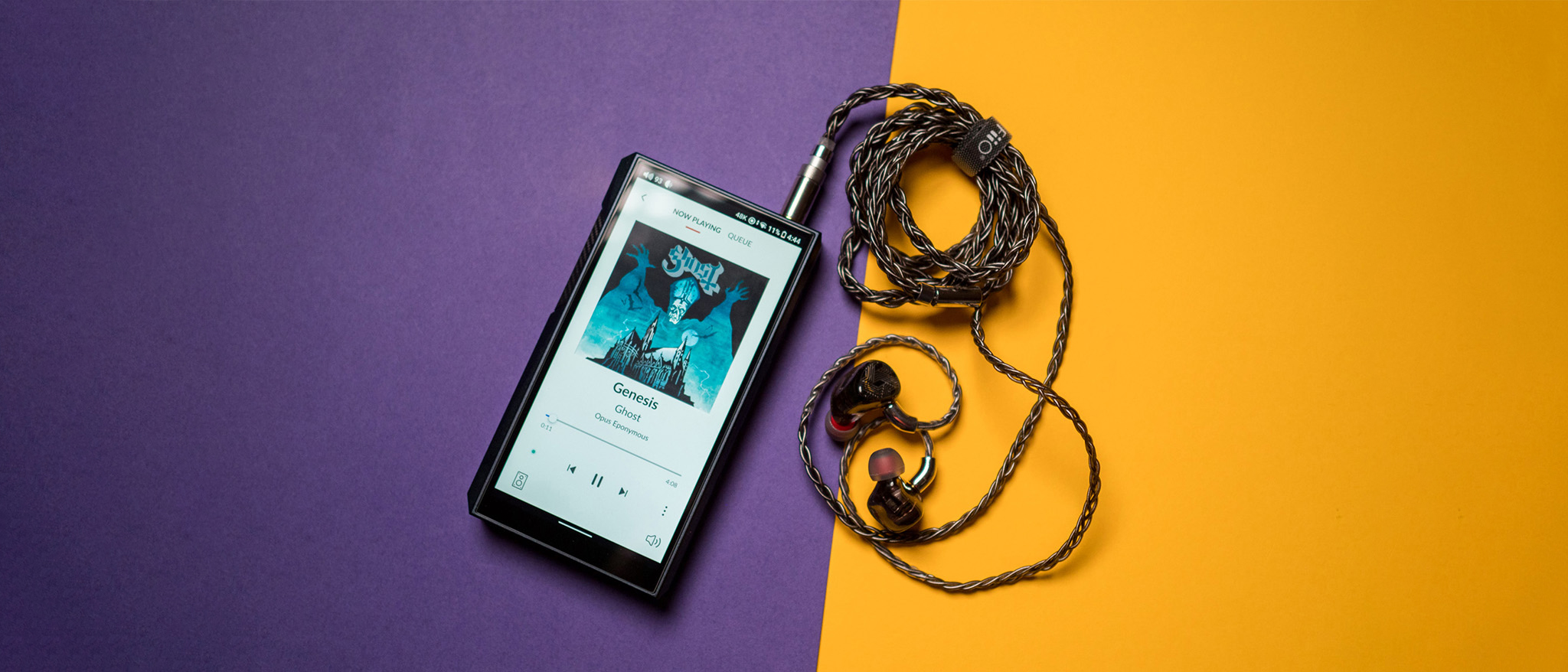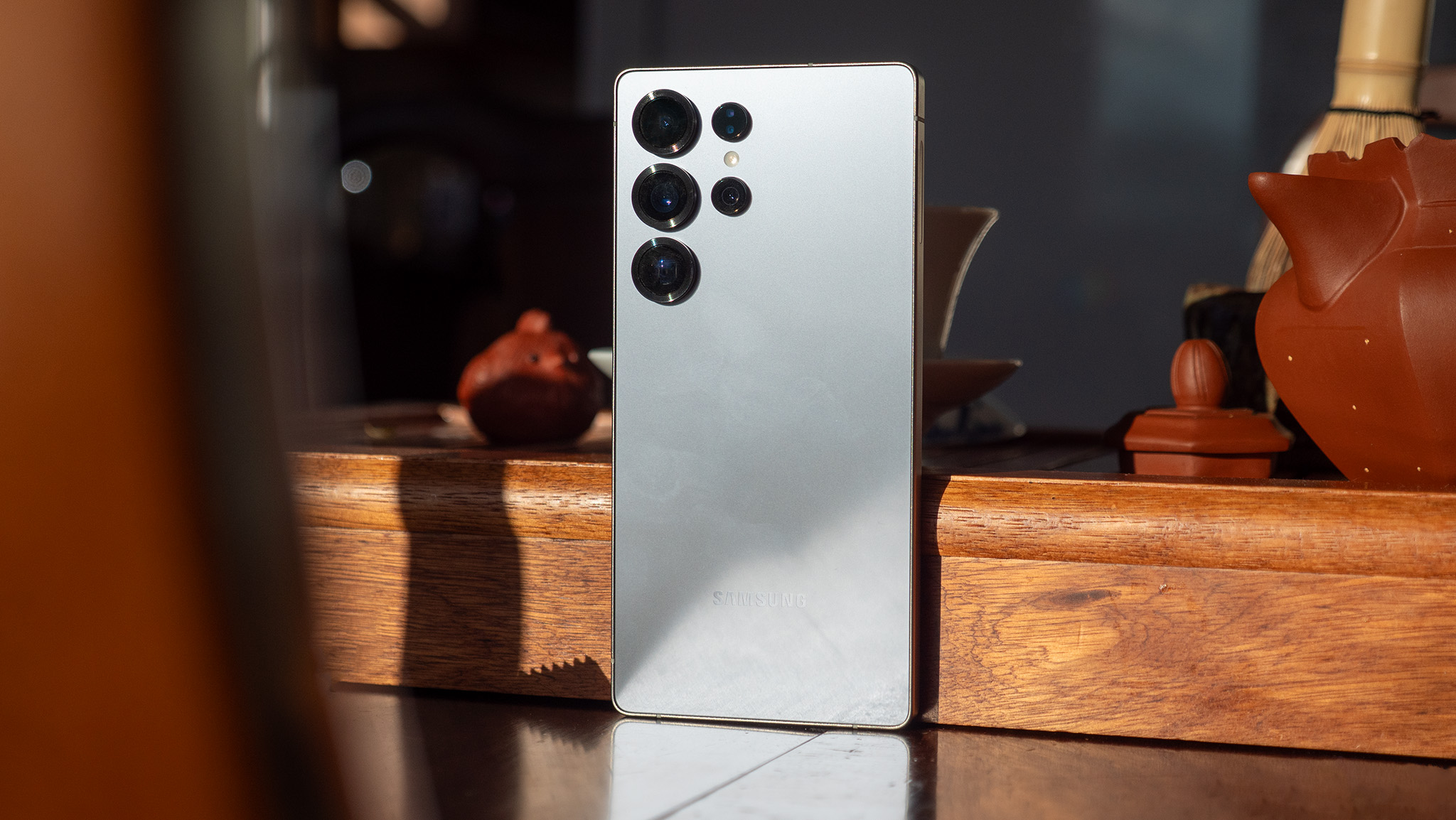Android Central Verdict
The M23 retains the same design as the M11S, but comes with AKM's latest DACs, giving it a noticeable advantage. You also get a new Desktop Mode that's ideal if you intend to plug it into another source, and the neutral sound allows your audio gear to shine. The interface is still fluid, and you get Roon integration as well as a lot of custom extras, but it runs Android 10 out of the box, and the volume slider is annoying to use. Overall, the M23is a solid choice if you need the extra features, but at $200 less, the M11S is still a noteworthy choice.
Pros
- +
Great feature-set
- +
Plenty of power to drive demanding headsets
- +
Desktop Mode is very useful
- +
Neutral sound signature
- +
Fluid interface
- +
MicroSD slot, Roon integration
Cons
- -
Runs Android 10 out of the box
- -
Volume adjustment is needlessly convoluted
- -
Significantly costlier than M11S
Why you can trust Android Central
Digital audio players are a good choice if you want the versatility of Android and need something with easy portability. Obviously, a phone with a high-quality DAC and an audio jack — maybe even a 4.4mm port — would be ideal, and although Moondrop had the right idea with the MIAD01, the software wasn't ideal, and as much as I enjoyed using that device, it doesn't quite measure up to a dedicated player.
So when Fiio said it was launching the successor to the M11S, I was interested. I have a lot of audio gear in the house, so I get the freedom to rotate between IEMs, headsets, and players pretty regularly. The M11S has been in constant use for the better part of a year, and the portability and sound quality made it the ideal device to stream Roon when I'm not at my desk.
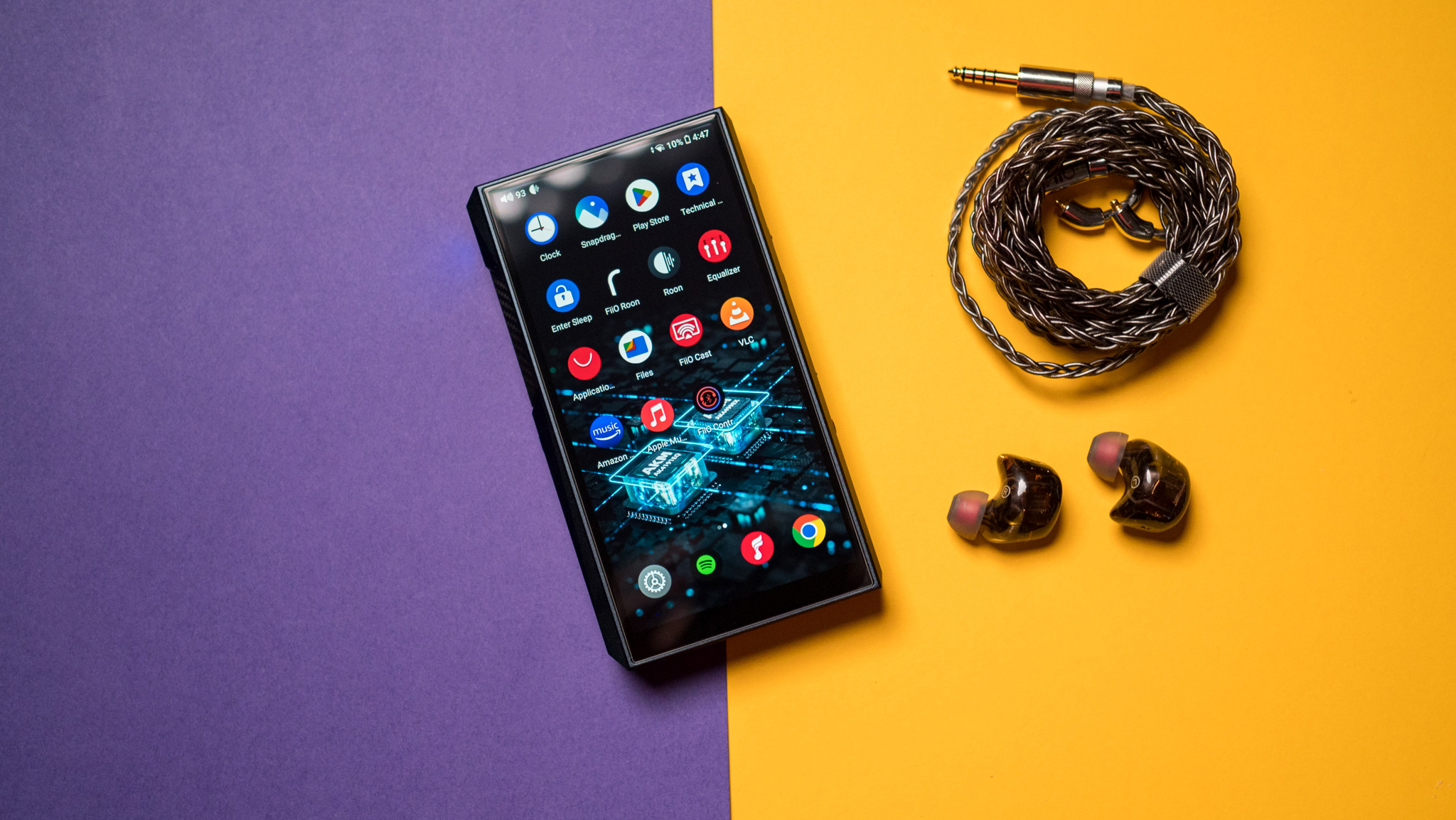
Alongside the K9 Pro (and now K19), the M11S was the Fiio product that got the most amount of use, and that mantle has now been taken over by the M23. At the outset, there isn't too much that's different; the M23 has the same glass-and-metal design as the M11S, and the controls are in the same location.
The key difference is the switch to AKM's AK4191EQ and AK4499EX DACs, and this allows the M23 to stand out a little. If that combination sounds familiar, it's because the Q15 Bluetooth DAC also uses the same AKM parts, along with a lot of the other audio hardware. Because of the upgrades, the M23 is available for $699 on Amazon, a $200 increase over the M11S.
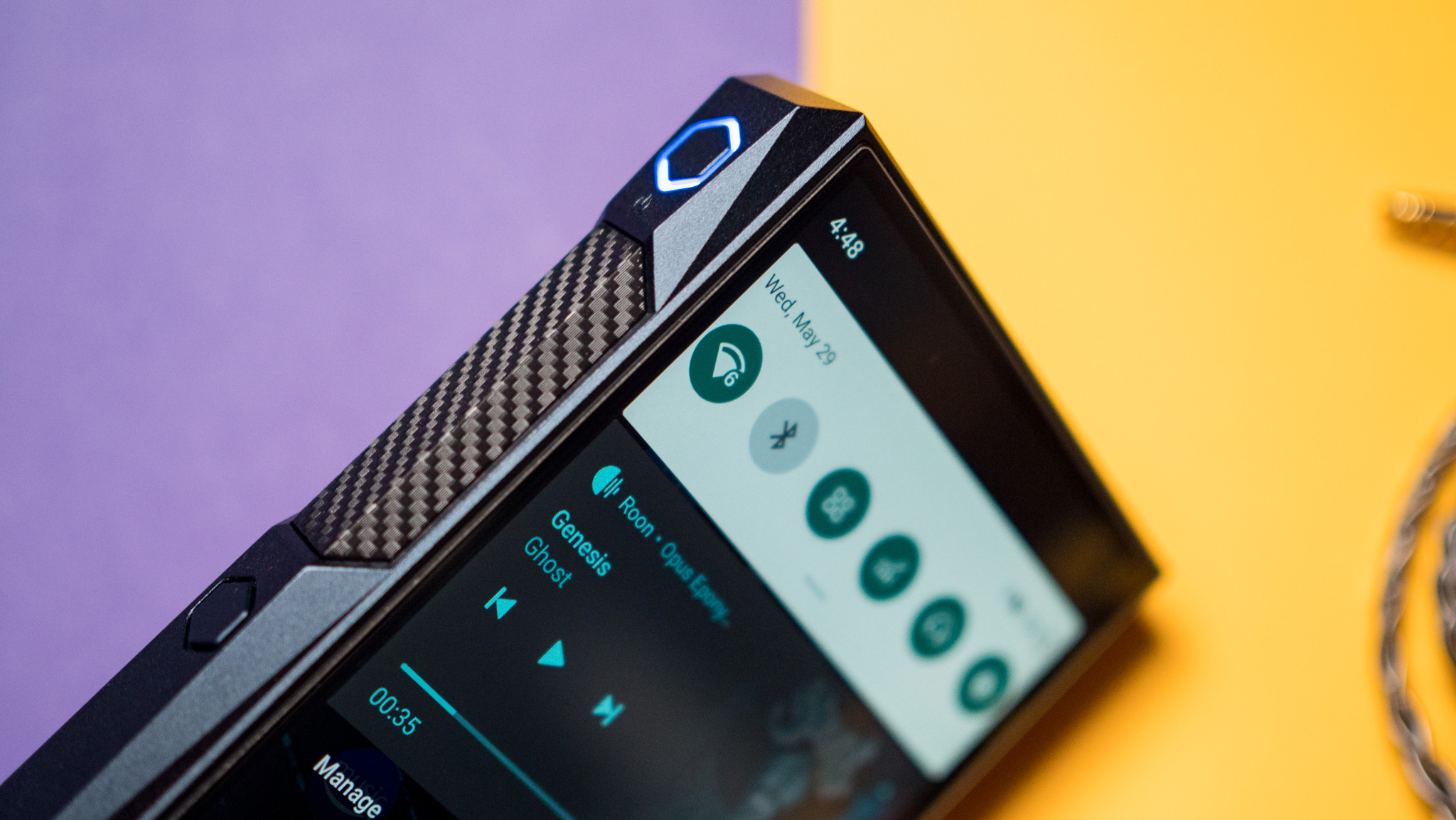
As always, let's start with the design. Fiio didn't make too many changes in this area, and as such the M23 still has the same faceted edges and glass back. That said, the unit is noticeably larger thanks to a 5.5-inch panel and 5500mAh battery, and at 299g, it is 28g heavier than the M11S.
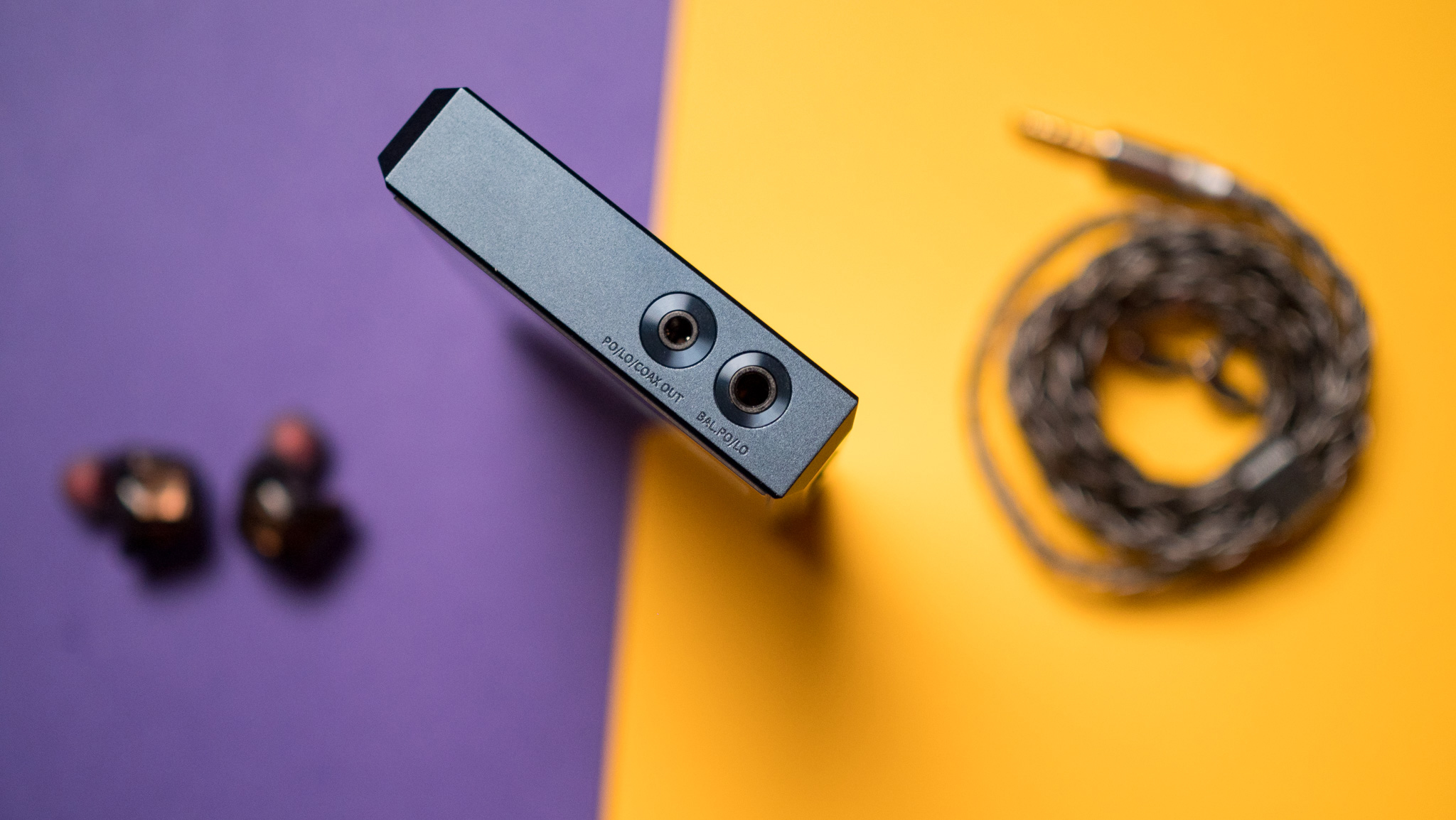
That said, there are several quality-of-life improvements. Fiio positioned the audio ports at the top, and it makes plugging in IEMs and headsets that much more convenient. There's no 2.5mm jack this time, with the M23 instead providing just the 3.5mm and 4.4mm ports, with each encircled by a ring, just like on the Q15.
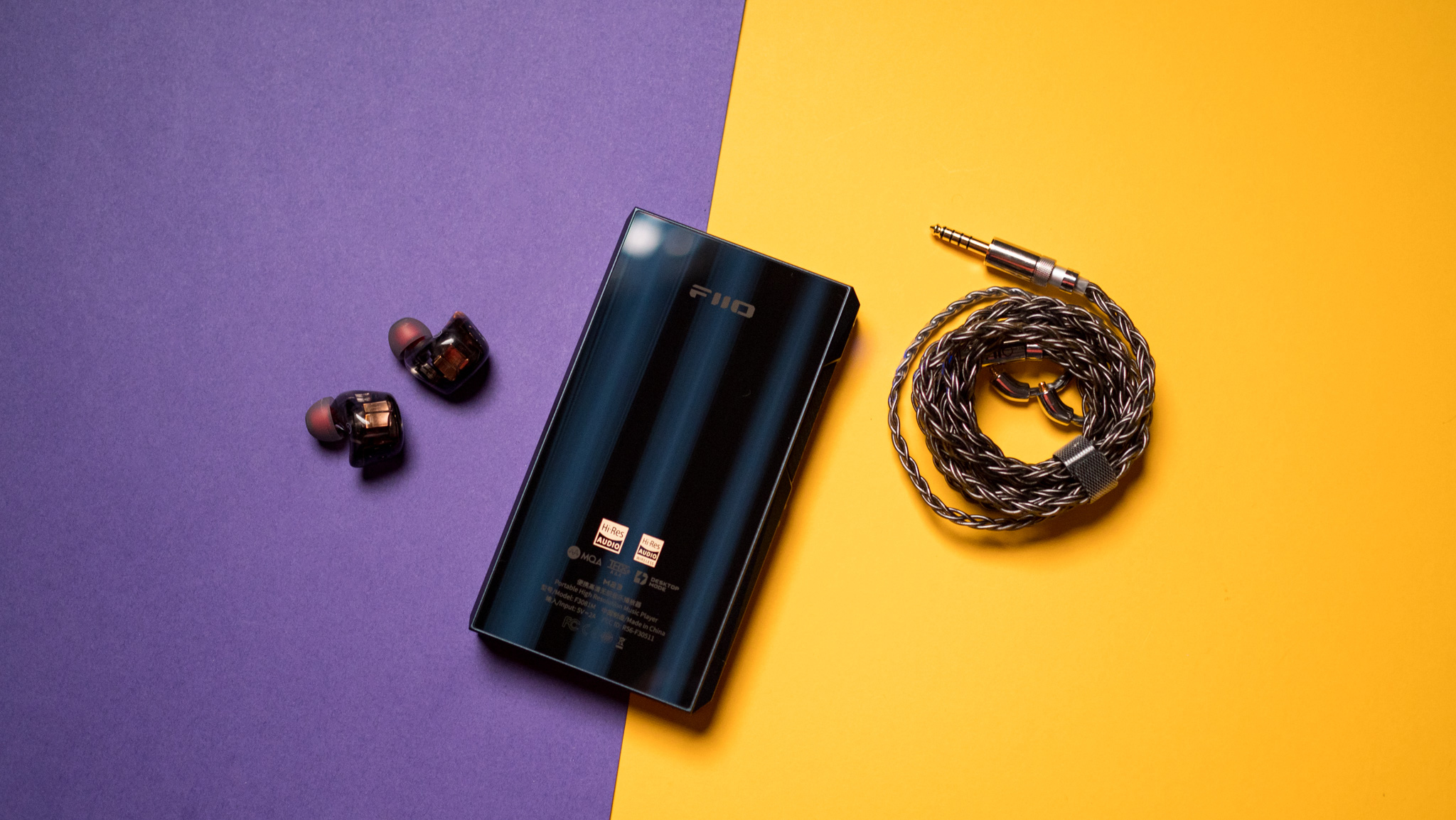
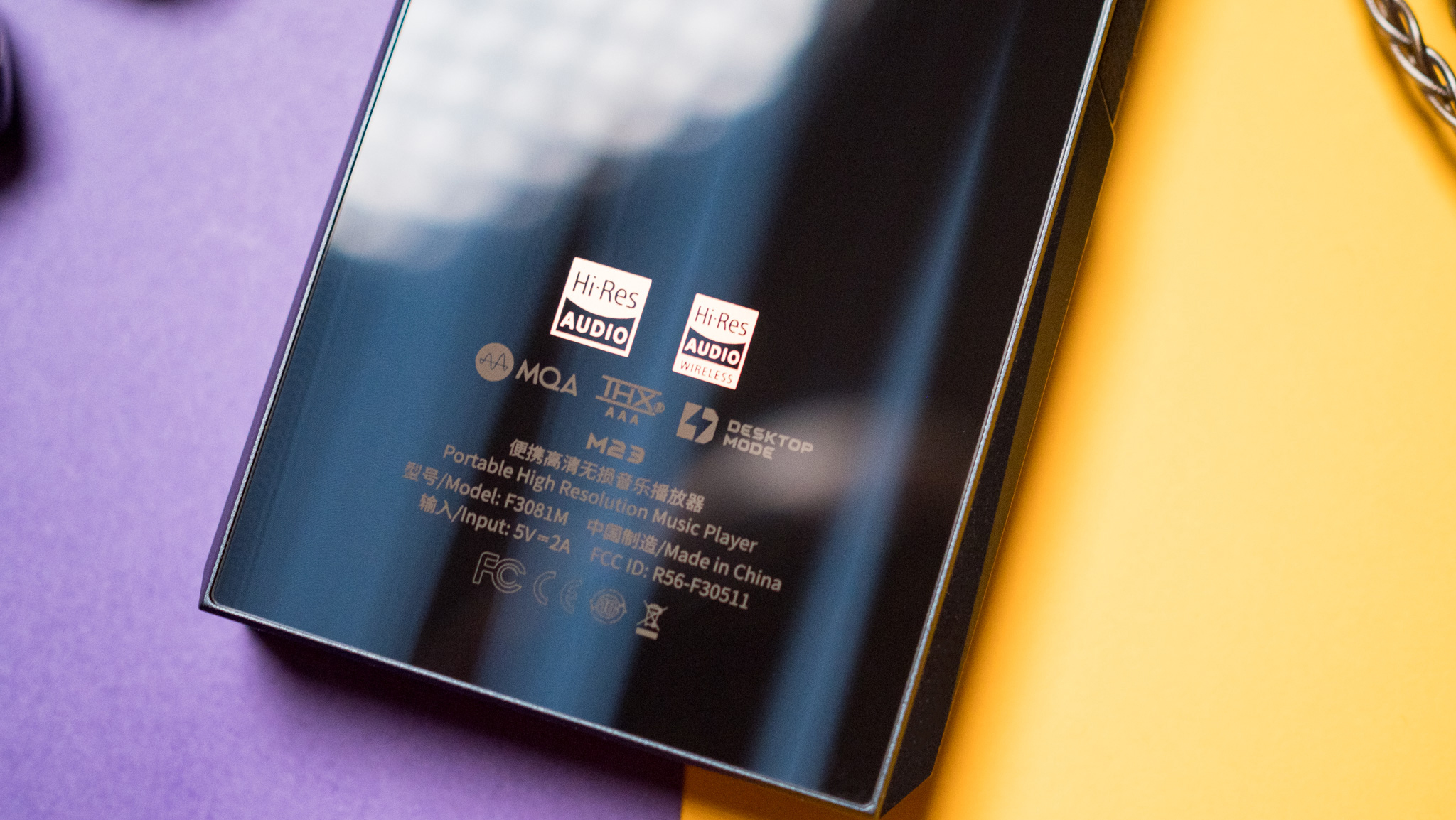
The back is made out of glass, and it has a navy hue that looks rather nice and makes the M23 look very elegant. The unit is still a smudge magnet, and you will ideally need to use the bundled clear case to make the most of it. The playback controls are on the right, and they're joined by a Desktop Mode and Hold toggles.
Get the latest news from Android Central, your trusted companion in the world of Android
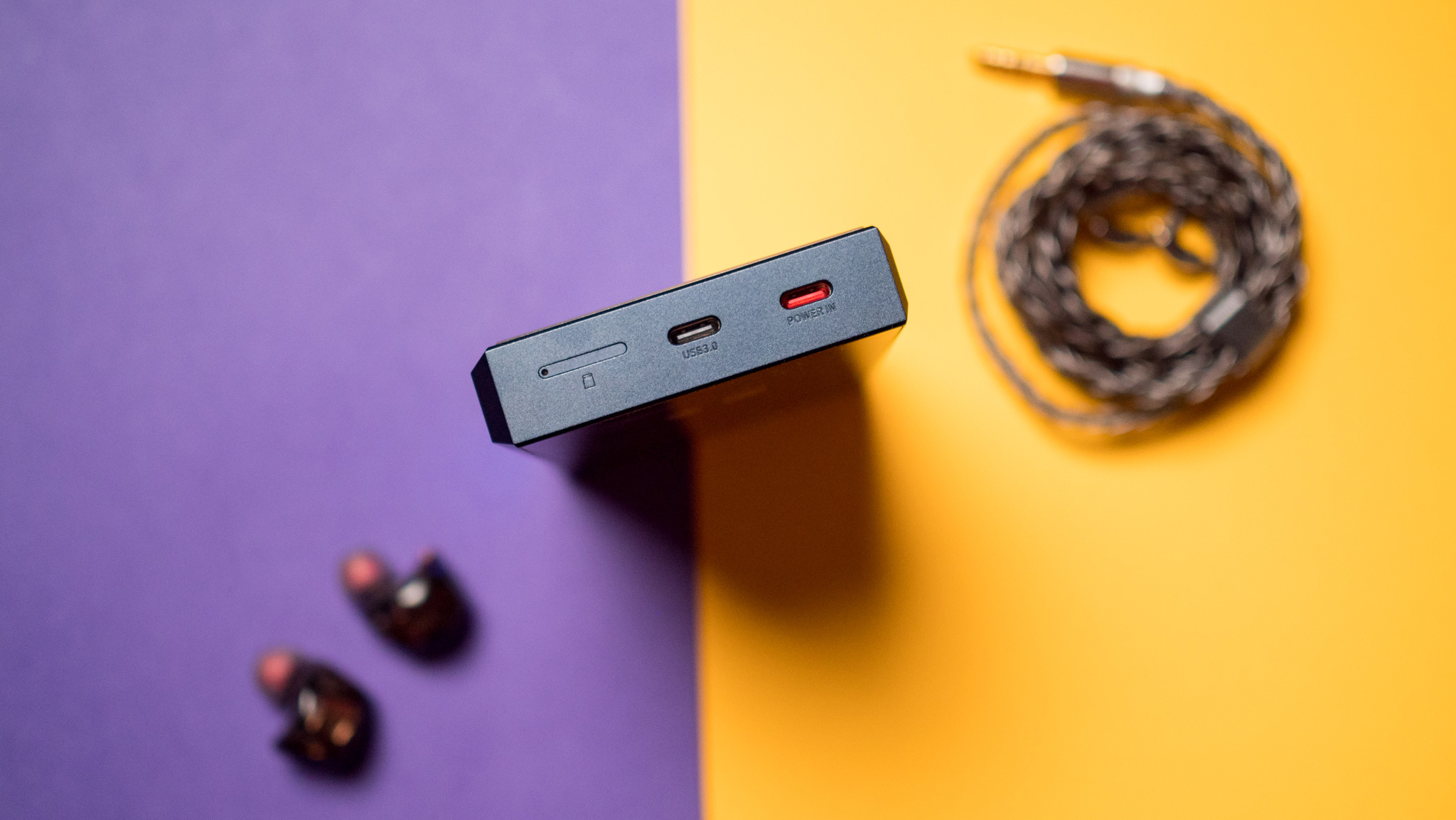
At the bottom, you get the MicroSD slot, a USB-C port that allows you to connect the M23 to other sources, and a dedicated USB-C port for charging the device. This is nifty, as it allows you to use the standalone USB-C connection when charging the player.
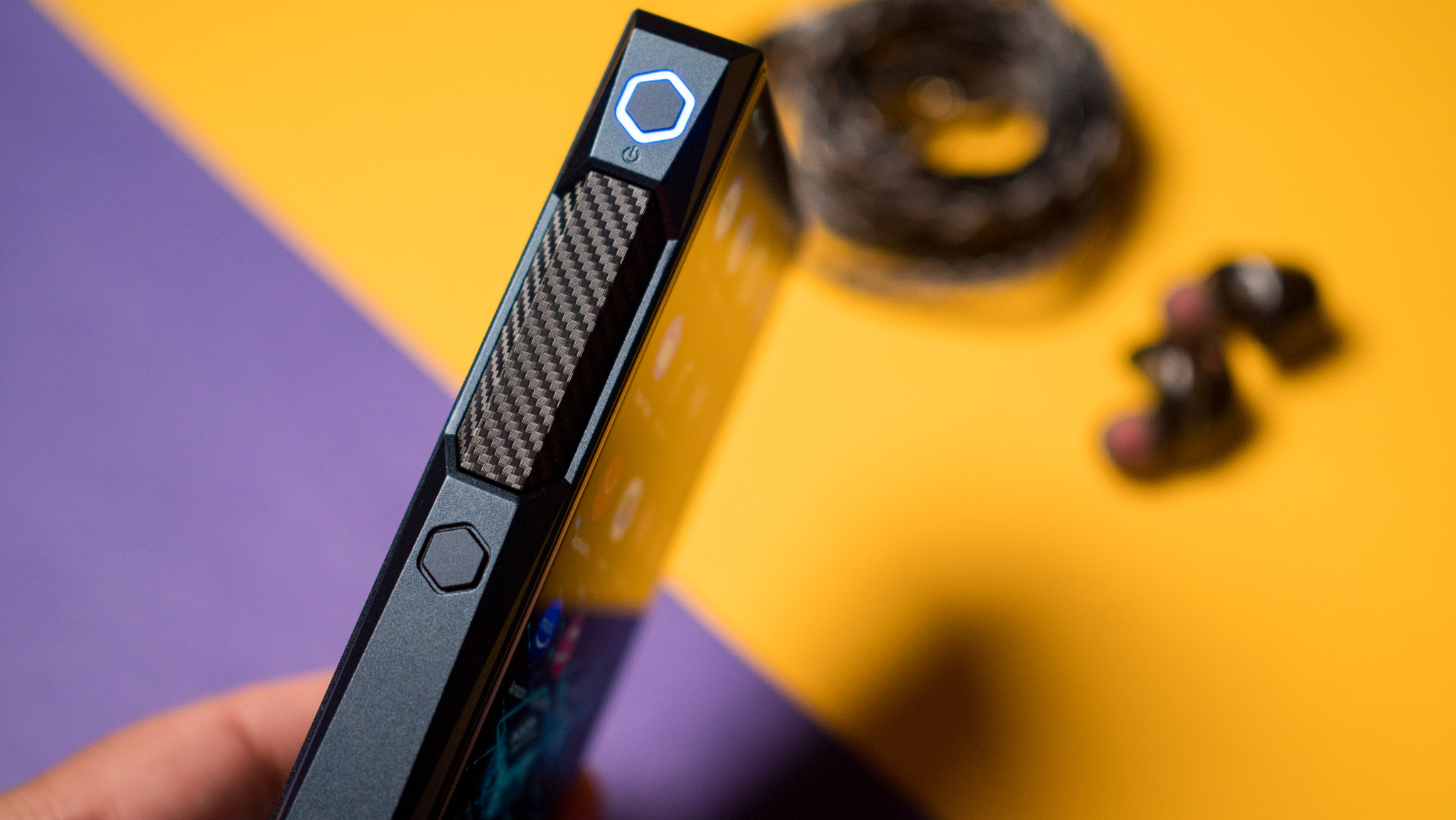
The power button, volume slider, and multifunction button sit to the left, and Fiio switched out the usual volume buttons to a haptic option that's just not as good to use. It is very sensitive to minute changes, and inevitably triggers whenever I pick up the unit. Clearly, the brand knew about this issue, so it included the Hold toggle — which disables the volume slider. I don't see what was wrong with traditional volume buttons, and Fiio missed the brief in this regard.
Outside of that, the build quality is fantastic; the M23 is made out of aluminum — or steel, if you pick up that variant — and it is built to last. The M11S is still in pristine condition after a year of regular use, and the M23 has the same robust chassis.
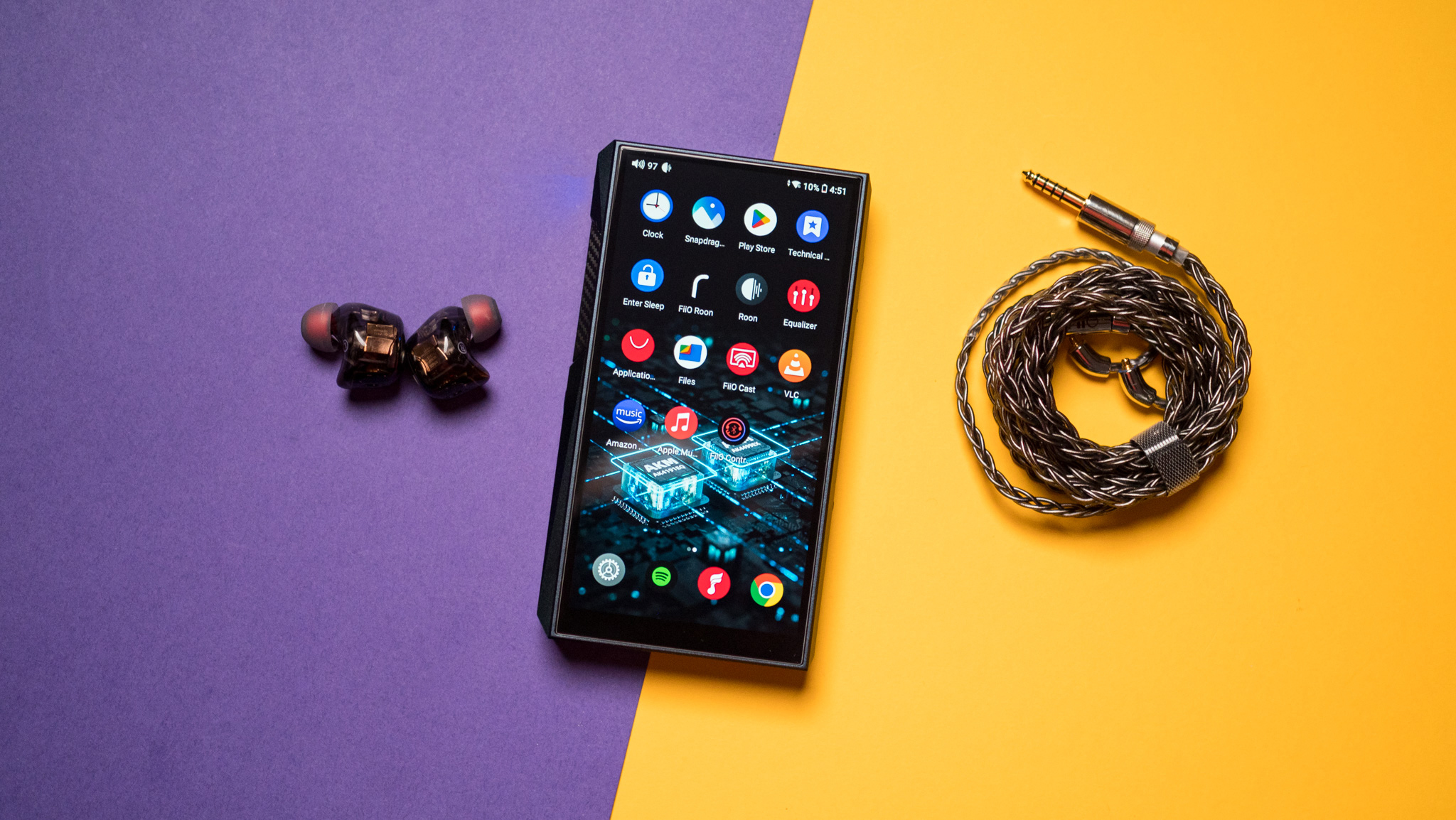
Coming to the panel, the M23 has a 5.5-inch 720p LCD screen with 60Hz refresh. It isn't anywhere close to the caliber of displays that you get on mid-range phones these days, but it is more than adequate in the context of a digital audio player. It has thin bezels, good colors, and I didn't have any issues in outdoor use, so it gets bright enough in auto mode.
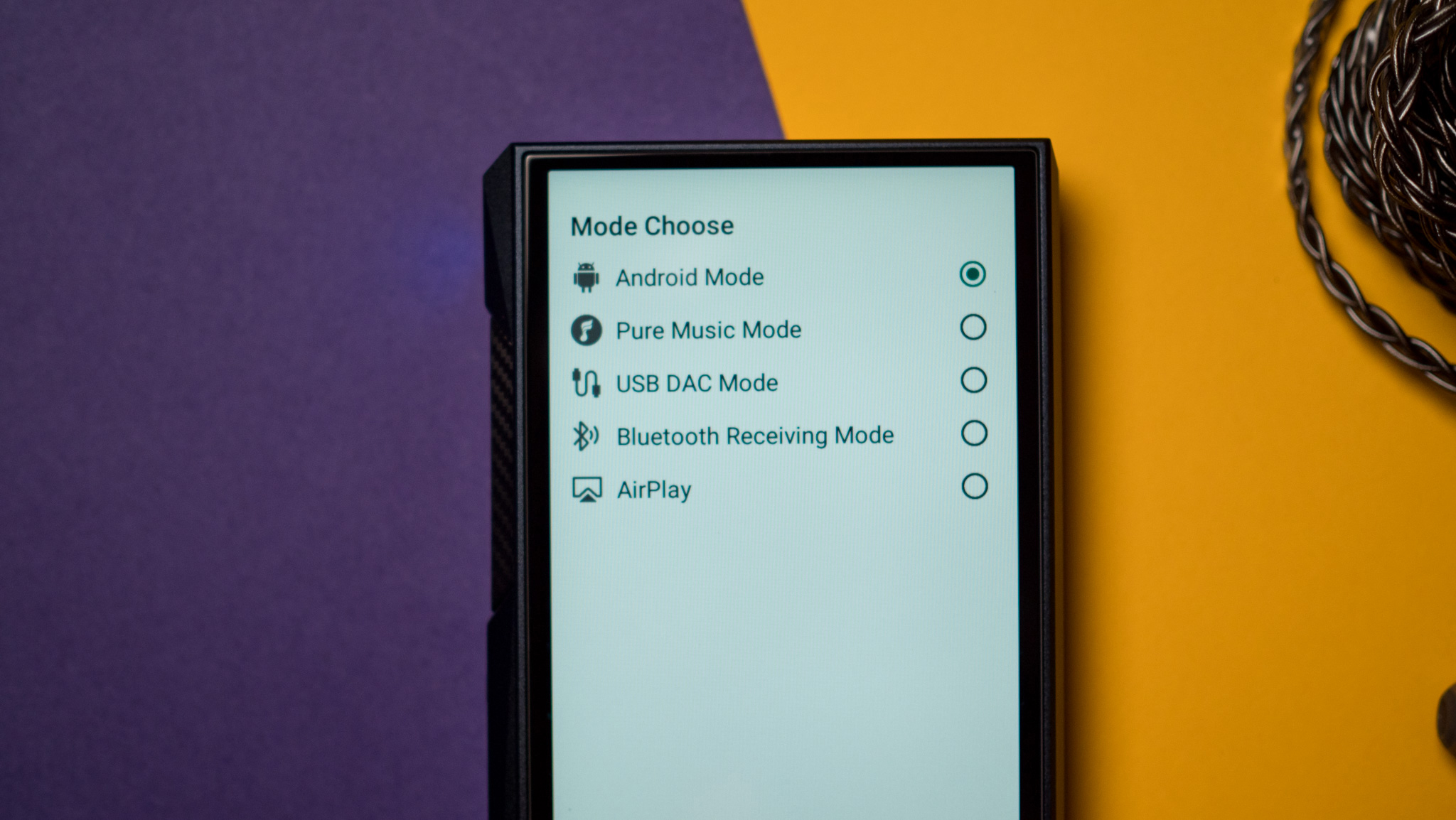
Similarly, the interface doesn't have any customization and is fluid; Fiio took a vanilla Android build and added a lot of audio-focused features to it, while leaving the UI intact. You can choose between several modes — Android interface, a music mode that only enables Fiio Music, DAC mode, Bluetooth receiver, and so on. There's also the ability to adjust the gain between low, medium, and high, and you get Roon integration, another notable inclusion.
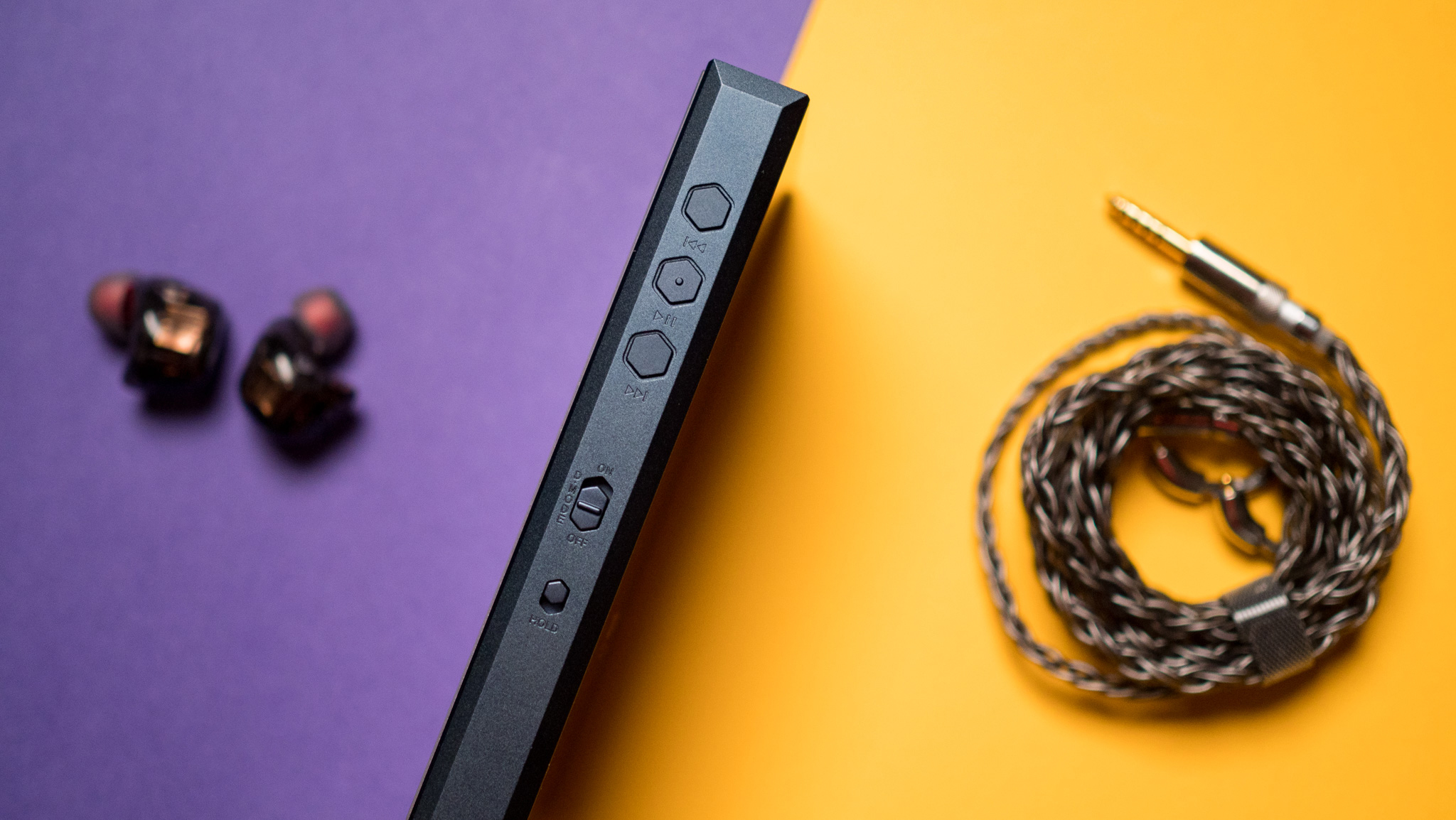
The biggest addition this time is Desktop Mode; when enabled, the M23 relies solely on external power, so you can plug it into a desktop source and know that the built-in battery isn't going through the usual charge/discharge cycle. On that note, the 5500mAh battery lasts up to nine hours over the balanced port, and nearly 11 hours over the single-ended 3.5mm jack.
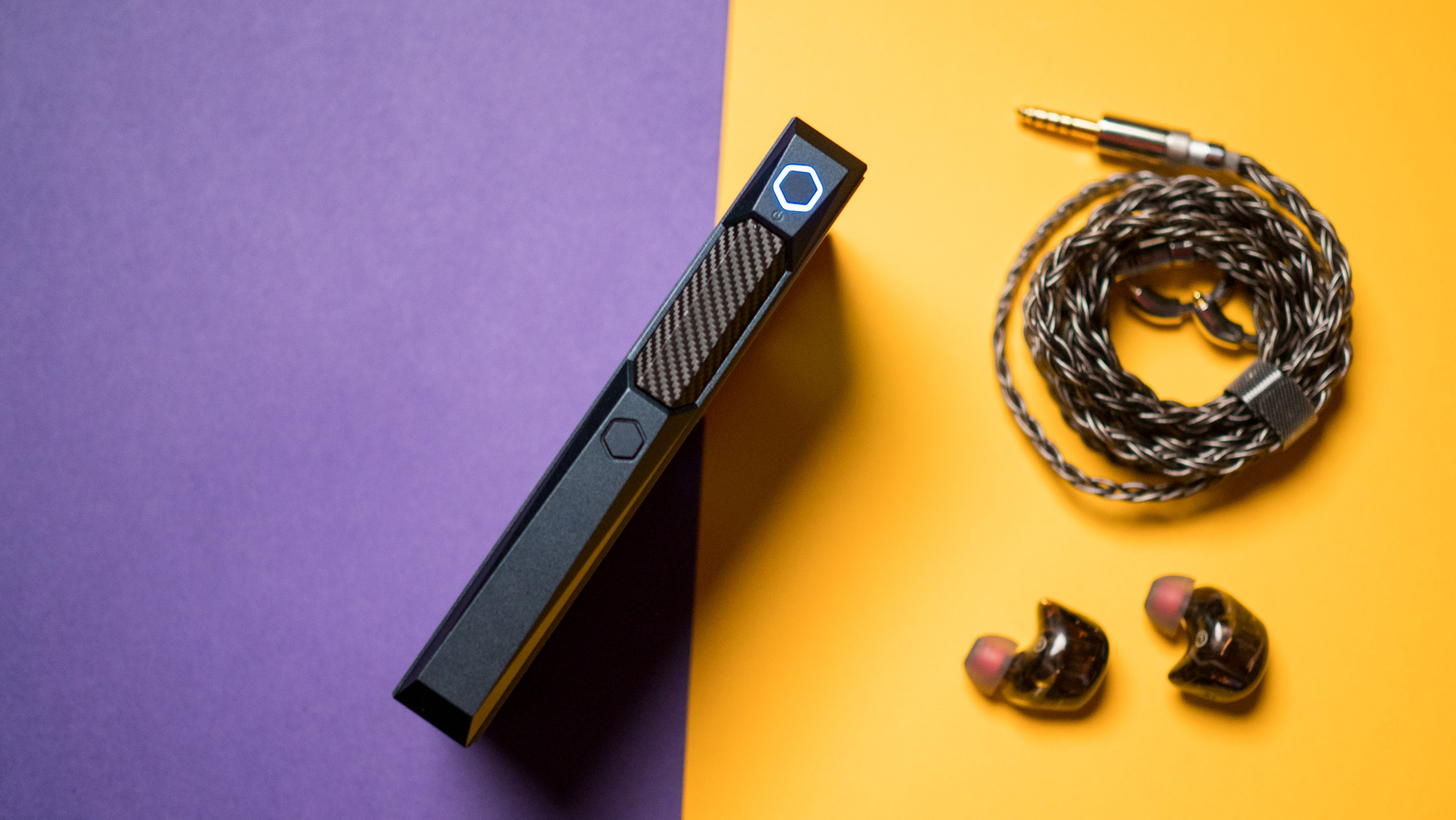
Charging the unit is easier as well, as it now uses the USB PD 30W standard. It takes just over an hour to get the battery up to 80%, but it takes another hour to hit the remaining 20%. That said, fast charging is a great addition, and I didn't see any issues with battery longevity.
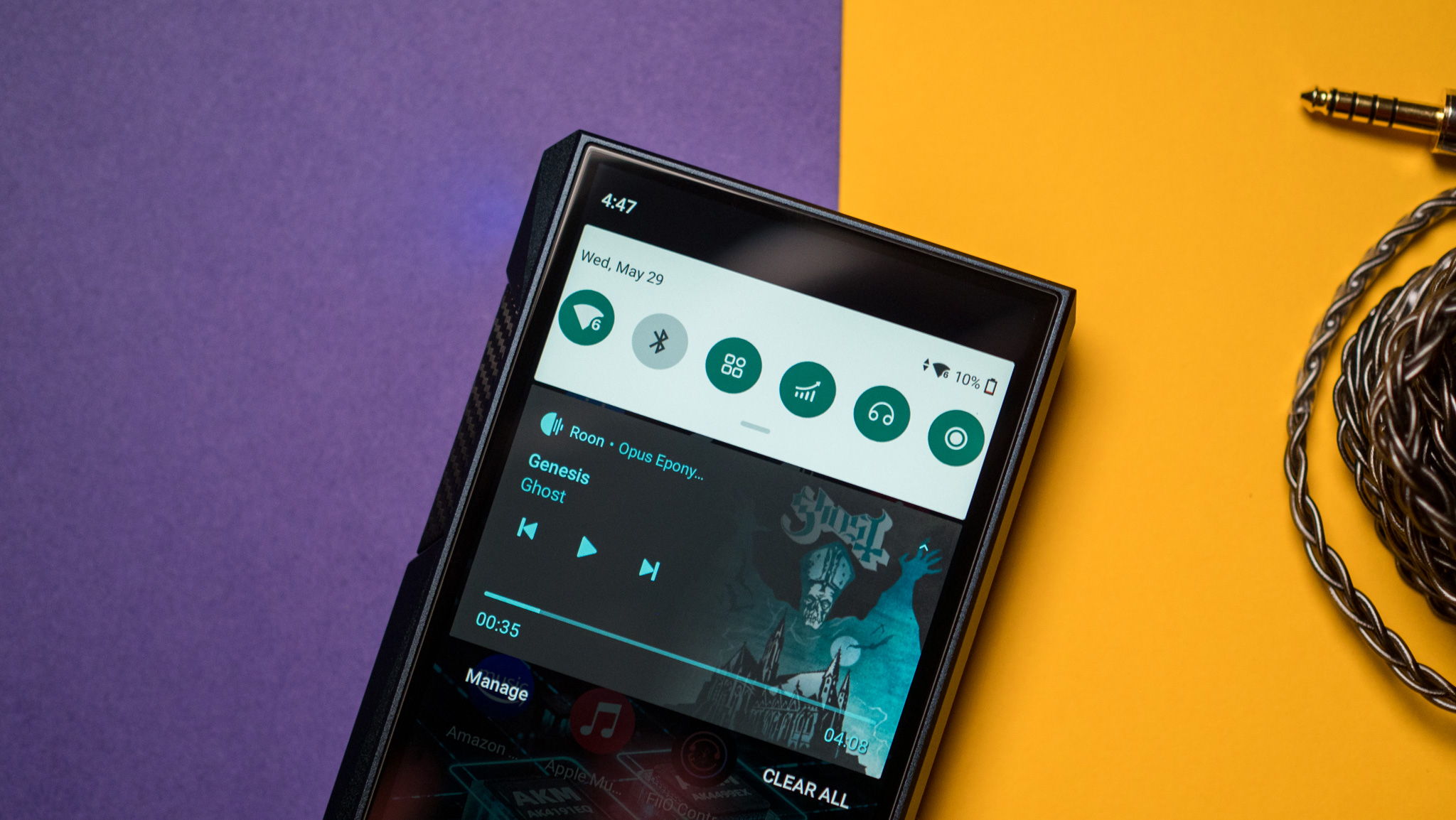
My biggest quibble with the M23 is that it runs Android 10 out of the box — that's just not good enough in 2024. I get that the unit doesn't have all the relevant phone bits, but it still comes with a full-fledged Android build and the Play Store, and it needs to be at least on Android 12, if not switching to Android 14 outright.
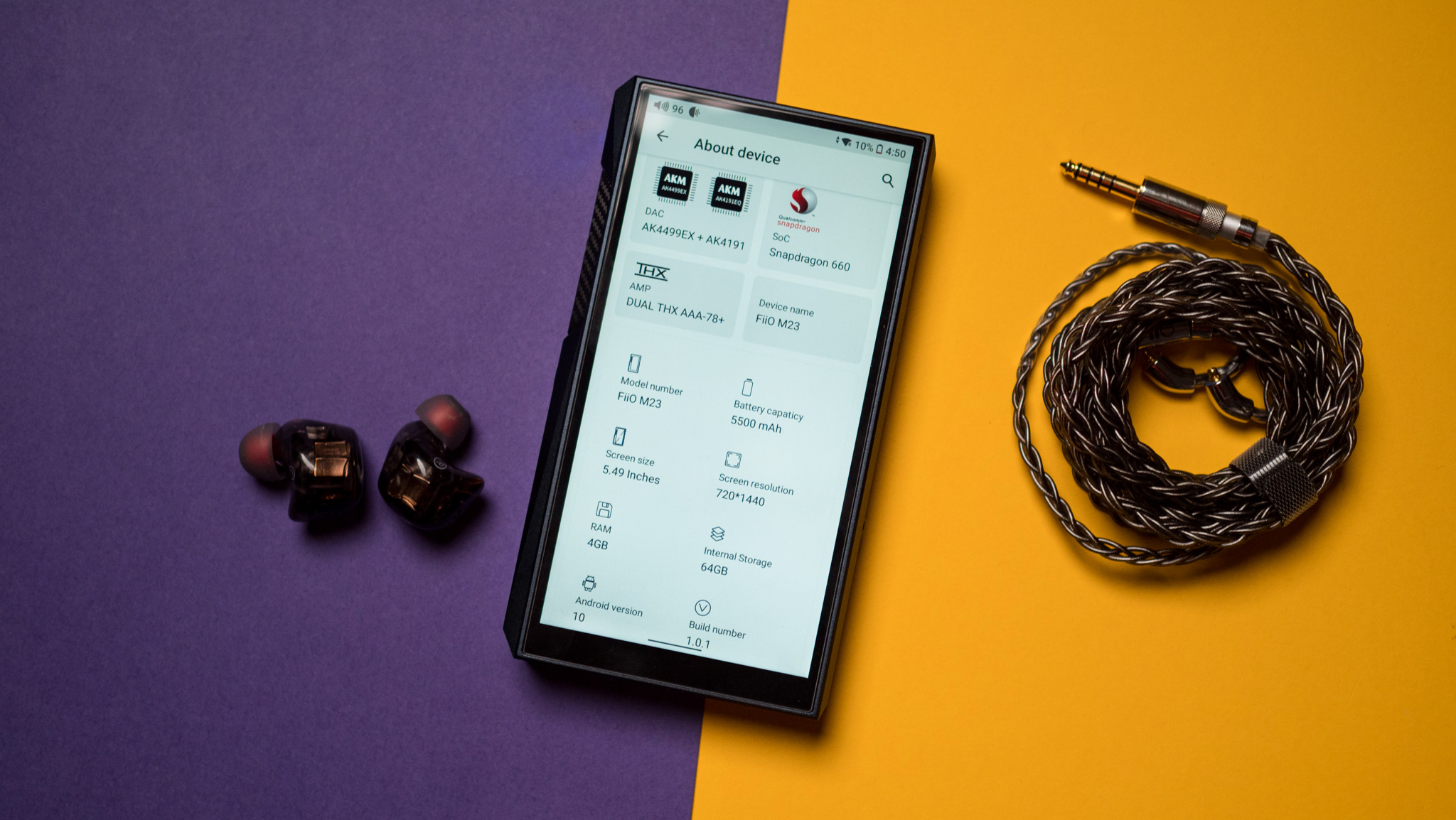
As for the hardware, the M23 uses the Snapdragon 660 and has 4GB of RAM along with 64GB of internal storage. You won't see anything as old as the Snapdragon 660 on a phone, but it works well enough on a digital audio player, and considering the effort Fiio put into optimizing the chipset, it's understandable that the manufacturer isn't willing to use Qualcomm's recent offerings.
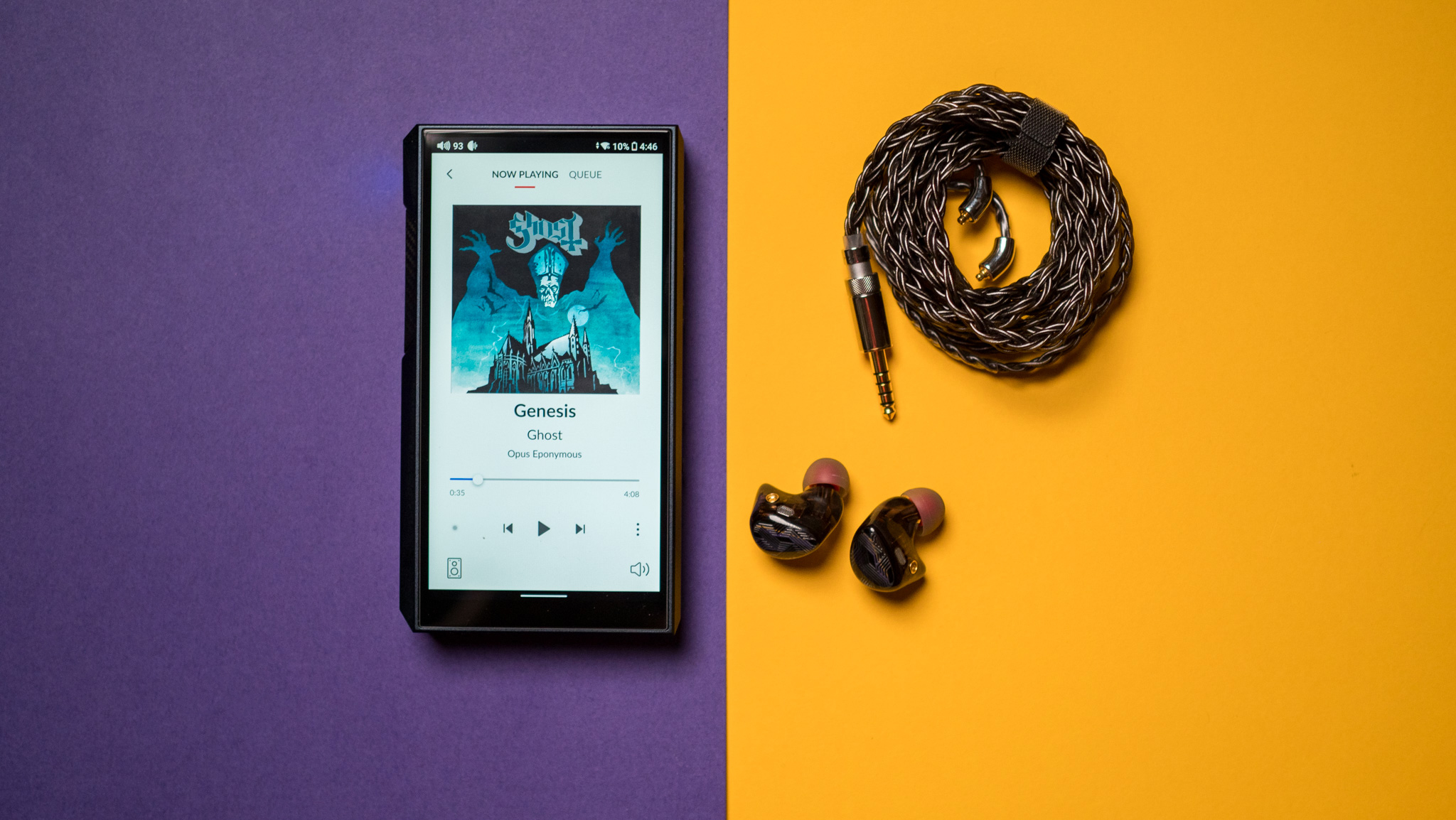
While Fiio retained most of the same hardware, the sound characteristic of the M23 is noticeably different thanks to AKG's DACs and the use of THX AAA-78+ amps with a higher power output. The M23 hits 768kHz/32-bit over PCM and has DSD512 decoding, MQA, and a slate of audio codecs: SBC, AAC, AptX, AptX HD, LDAC, and LHDC.
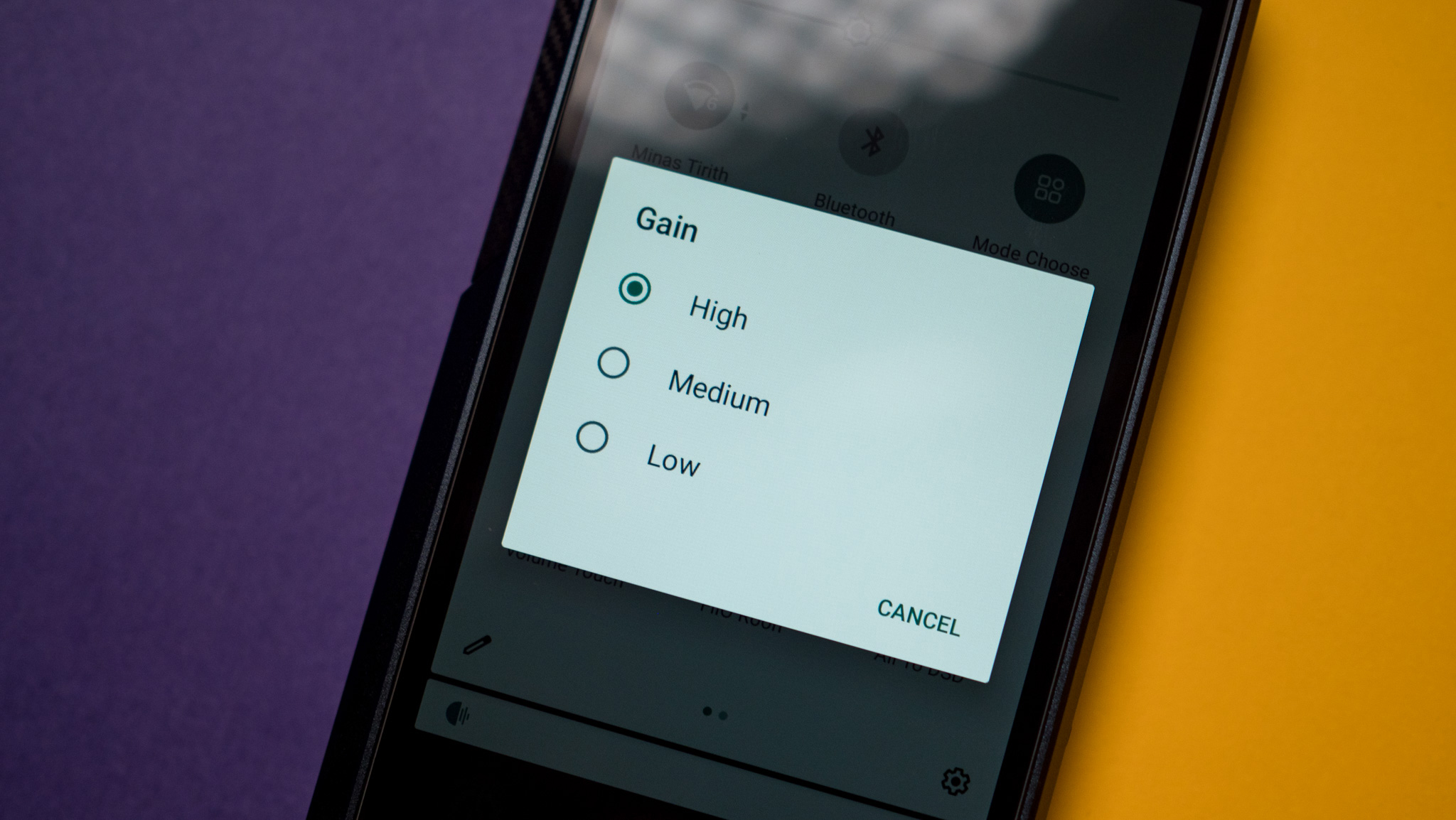
It can deliver up to 1000mW of power over the balanced port at 32Ω, and that makes it a great choice to use with demanding planar headsets. I tested the M23 with the likes of the Fiio FT5 and Moondrop Venus, and over a dozen of the best IEMs, including the Fiio FA19, Sennheiser IE200, and FH15, and the audio player did a brilliant job with all connected devices.
The M23 retains Fiio's custom sound tuning, and you get a neutral soundstage with a little vibrancy in the mids. The bass has good definition and detail on the FT5, and it allows the fast transients of the planar headset to be that much more vibrant. The mids have a lot of character and dynamism, and ensemble instruments sound incredible. There's good treble extension, but you don't get any sibilance.
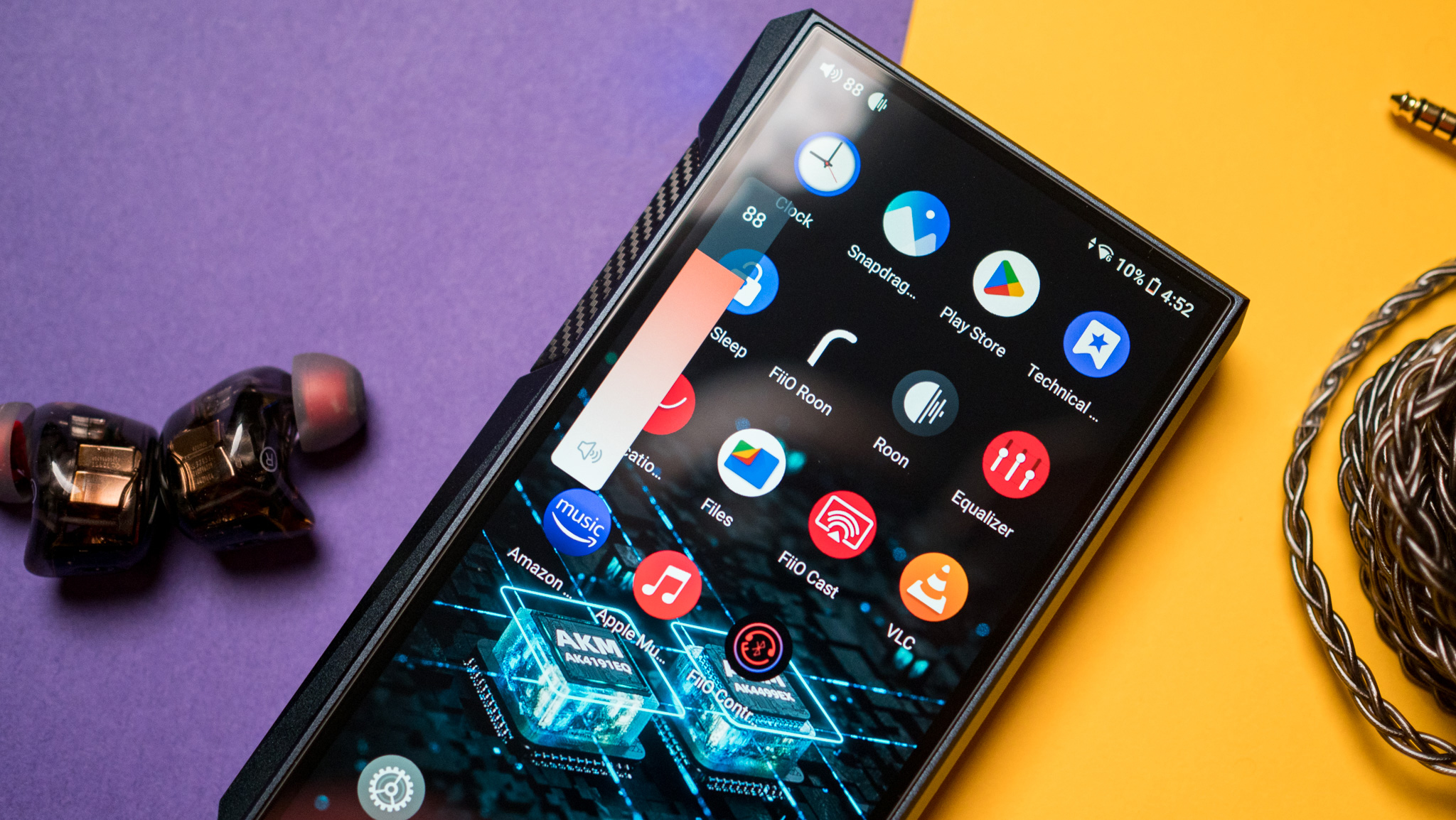
At a technical level, the M23 hits all the right notes. The imaging and dynamics are spot-on — as is the case with most of Fiio's 2024 offerings — and if you want a neutral sound that lets you take full advantage of connected audio gear, the M23 is a standout choice in this segment.
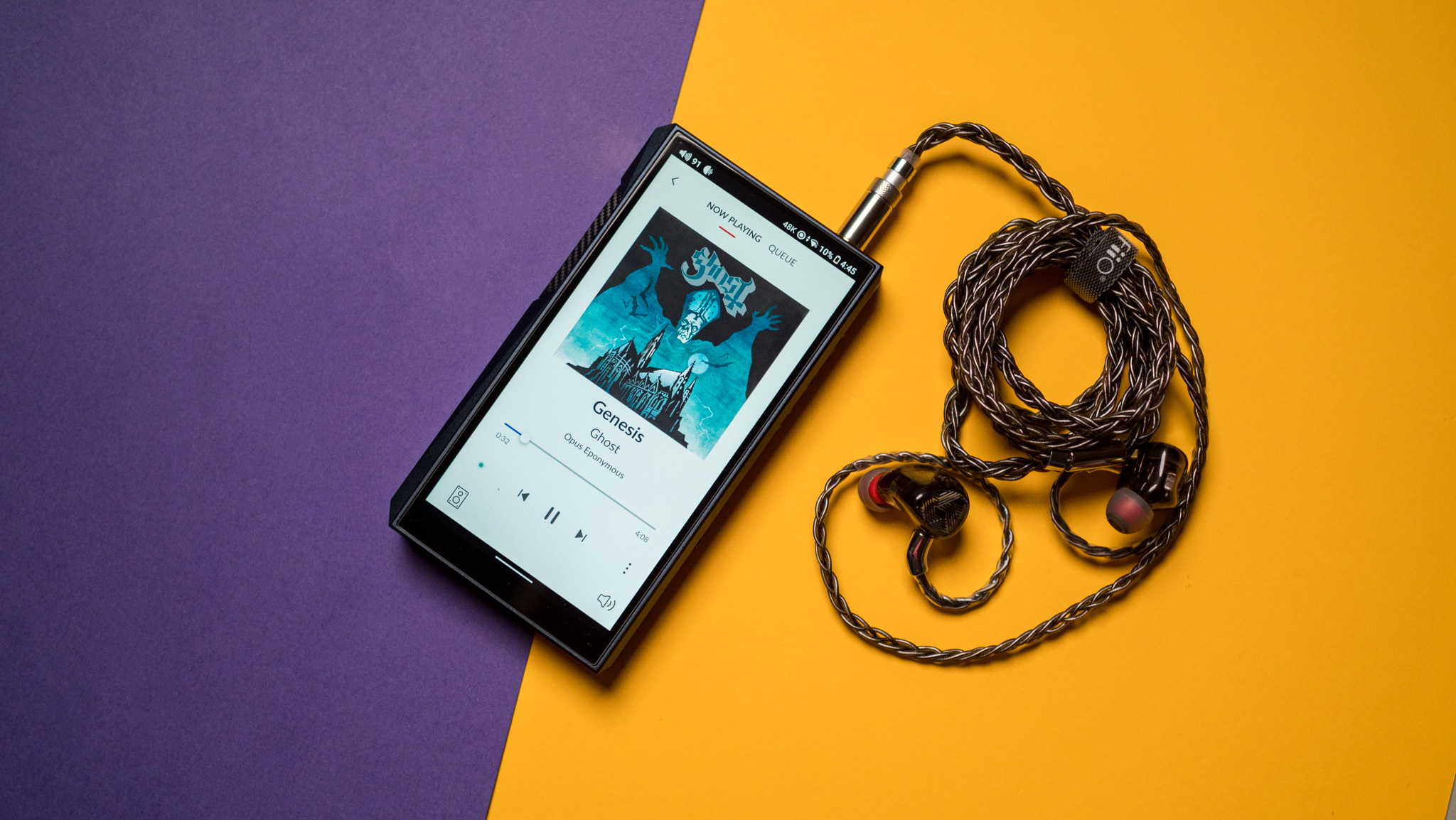
Yes, it costs an additional $200 over the similarly-excellent M11S, and I really think Fiio should have updated the software. On the plus side, you get AKM's latest DAC, and the M23 is able to deliver higher power, so if you plan on using it with planar headsets, it is a better choice. But if you want to maximize value, the M11S is still a great value in 2024.

The M23 has a noticeable premium, but you are getting high-end DACs and a slate of new features that give it a distinct edge over the M11S.

Harish Jonnalagadda is Android Central's Senior Editor overseeing mobile coverage. In his current role, he leads the site's coverage of Chinese phone brands, networking products, and AV gear. He has been testing phones for over a decade, and has extensive experience in mobile hardware and the global semiconductor industry. Contact him on Twitter at @chunkynerd.
You must confirm your public display name before commenting
Please logout and then login again, you will then be prompted to enter your display name.
